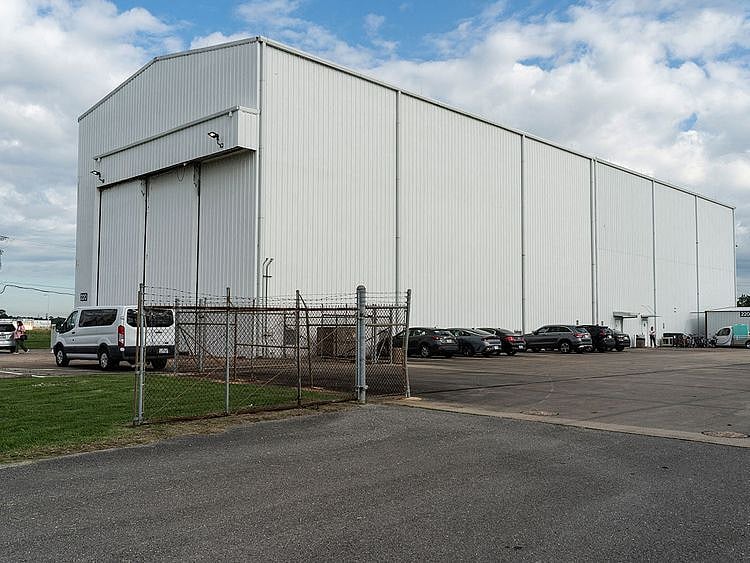NASA unveils 'Mars' habitat for year-long experiments on Earth
NASA is in the early stages of preparation for a mission to Mars

A simulation of Mars at the agency's Johnson Space Center in Houston prepares humans for travel to the Red Planet.
Four volunteers will begin the first trial this summer, during which NASA plans to monitor their physical and mental health to better understand humans' fortitude for such a long isolation.
Also Read
From Yuri Gagarin to Sultan Al Neyadi: The evolution of spacesuitsElon Musk's Starship: Biggest rocket ever set to take epic orbital test flight, what you need to knowWith that data, NASA will better understand astronauts' "resource use" on Mars, said Grace Douglas, lead researcher on the CHAPEA experiments.
Such a distant mission comes with "very strict mass limitations," she added.
The volunteers will live inside a 1,700 square-foot (160 square-meter) home, dubbed "Mars Dune Alpha," which includes two bathrooms, a vertical farm to grow salad, a room dedicated to medical care, an area for relaxing and several workstations.
There is also a treadmill on which the make-believe astronauts will walk suspended from straps to simulate the red planet's lesser gravity.
Several pieces of equipment astronauts would likely use are scattered around the red sand-covered floor, including a weather station, a brick-making machine and a small greenhouse.
"We really can't have them just walking around in circles for six hours," joked Suzanne Bell, head of NASA's Behavioral Health and Performance Laboratory.
Four volunteers will use the treadmill to simulate long trips outside to collect samples, gathering data or building infrastructure, she said.
The members of the first experiment team have yet to be named, but the agency stated that selection "will follow standard NASA criteria for astronaut candidate applicants," with a heavy emphasis on backgrounds in science, technology, engineering and math.
Researchers will regularly test the crew's response to stressful situations, such as restricting water availability or equipment failures.
The habitat has another special feature: it was 3D-printed.
"That is one of the technologies that NASA is looking at as a potential to build habitat on other planetary or lunar surfaces," Douglas said.
NASA is in the early stages of preparation for a mission to Mars, though most of the agency's focus is on upcoming Artemis missions, which aim to return humans to the Moon for the first time in half a century.
Sign up for the Daily Briefing
Get the latest news and updates straight to your inbox
Network Links
GN StoreDownload our app
© Al Nisr Publishing LLC 2025. All rights reserved.